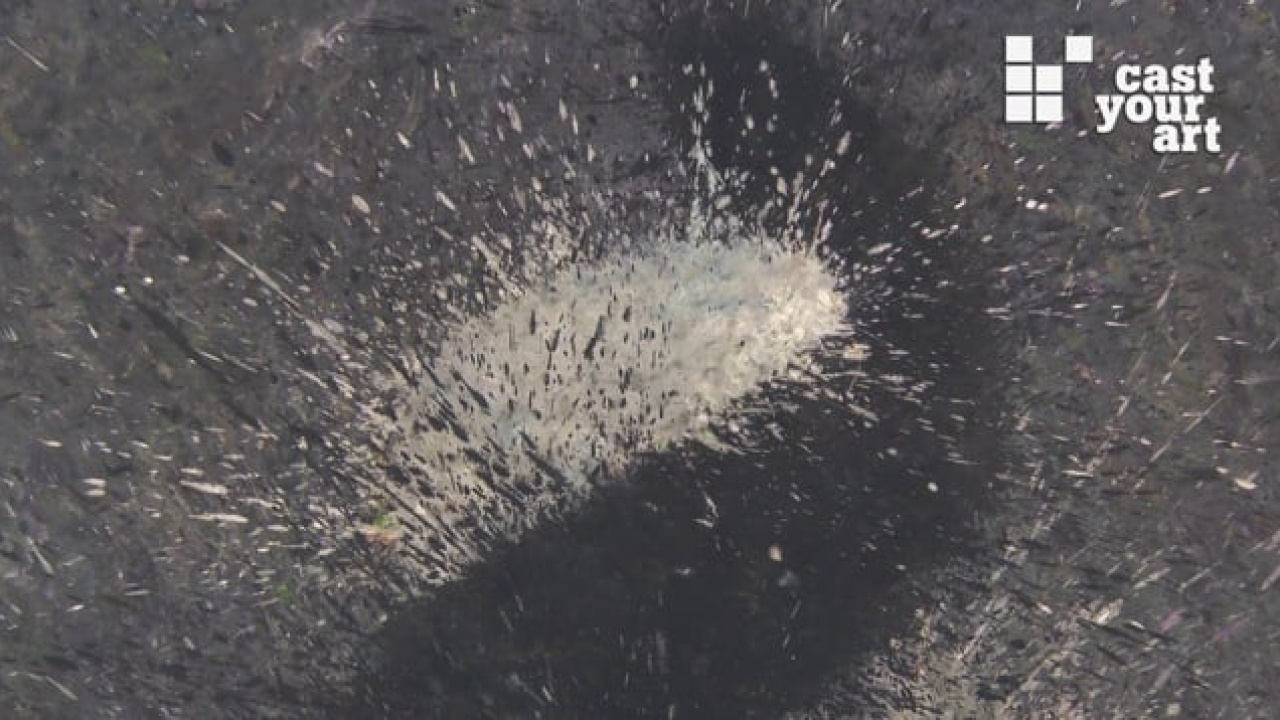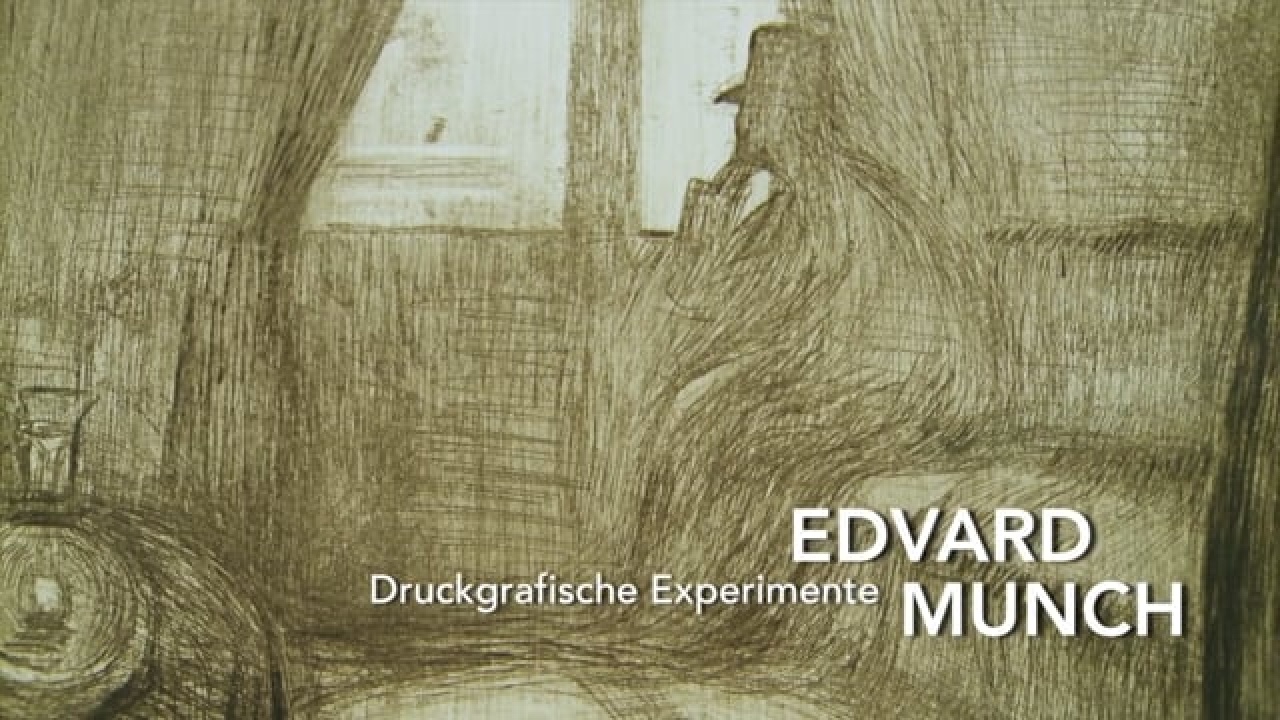ROBERT MOTHERWELL. Pure Painting
Robert Motherwell: Pure Painting" at the Bank Austria Kunstforum Wien is dedicated to an outstanding figure of abstract expressionism. Curated by Evelyn Benesch and Susan Davidson, in cooperation with the Modern Art Museum of Fort Worth, it is the first retrospective of Motherwell's work in Austria since 1976 and the first in Europe since 1998.
Motherwell grew up in California and his move to New York in 1940 coincided with the emergence of a group of young American artists. The artists in this circle included Mark Rothko, Clyfford Still, Barnett Newman, Jackson Pollock and Robert Motherwell, each of whom developed their own form of abstraction. During this period, there was an exchange between these artists and the European Surrealists, who introduced them to the technique of automatism and inspired them to discover their own artistic language.The exhibition takes the visitor through Robert Motherwell's career, starting with a portrait of his first wife Maria from 1941, which shows the influence of Surrealism and Picasso. The geometric works inspired by Piet Mondrian are also on display and illustrate the development of Motherwell's artistic vocabulary.
In addition to his artistic activity, Motherwell was also an intellectual with a wide-ranging education in philosophy and art history at renowned universities. His intellectual curiosity and the influence of literature, music and philosophy can be seen in the titles of his artworks. His academic background as well as his collaboration with a publisher led to the publication of the groundbreaking series "Documents of Modern Art".
"Robert Motherwell: Pure Painting" focuses primarily on Motherwell as a painter. An important aspect of Motherwell's painting is the continual reworking and exploration of his oeuvre. While this reworking may not be immediately apparent to the casual viewer, it is recognizable in the layering, texture and depth of his works, particularly those that are primarily in black. Despite the abstraction, there is an underlying sense of figuration or form in Motherwell's work. There is a deep, unspoken meaning in the paintings that the artist intended to convey.
In the late 1940s, Motherwell introduced a series of large, oval, black bars alternating on a white background. These works laid the foundation for his famous series "Elegies to the Spanish Republic", which consists of more than 150 paintings created between 1948 and 1991. Each of these paintings carries a different mood and atmosphere, inspired by the Spanish Civil War and depicting the cyclical nature of life, death and human suffering.
While the "Elegies" are probably Motherwell's best-known series, the show also includes works from his "Iberia" series, "Summertime in Italy", "Je t'aime" paintings and the "Hollow Men" series, his last works as a painter.
There are also the "Opens", a relatively small group of works that Motherwell began in 1967. These works resulted from a chance observation in his studio, where one painting was leaning against another and he outlined the smaller one in chalk, creating a stylized "door" or "window". These minimalist works experiment with color dialogues and relationships between background and foreground, adding another layer to Motherwell's artistic legacy. (written by Cem Angeli)
The exhibition runs until Januray 14, 2024.
Das könnte Sie auch interessieren

OSCAR BRONNER. Der Maler
31. October 2013
EDVARD MUNCH. Druckgrafische Experimente
5. October 2015
Götz Bury - Illusions
25. June 2008
NIKOLAUS GANSTERER. Drawing Matters Other Others
21. November 2015
MARTIN KIPPENBERGER. Seine Sprache, seine Kunst
27. September 2016
MAX WEILER. Die Schenkung im Albertina Museum
22. January 2018
Ulrike Truger – In the Way
2. July 2008
